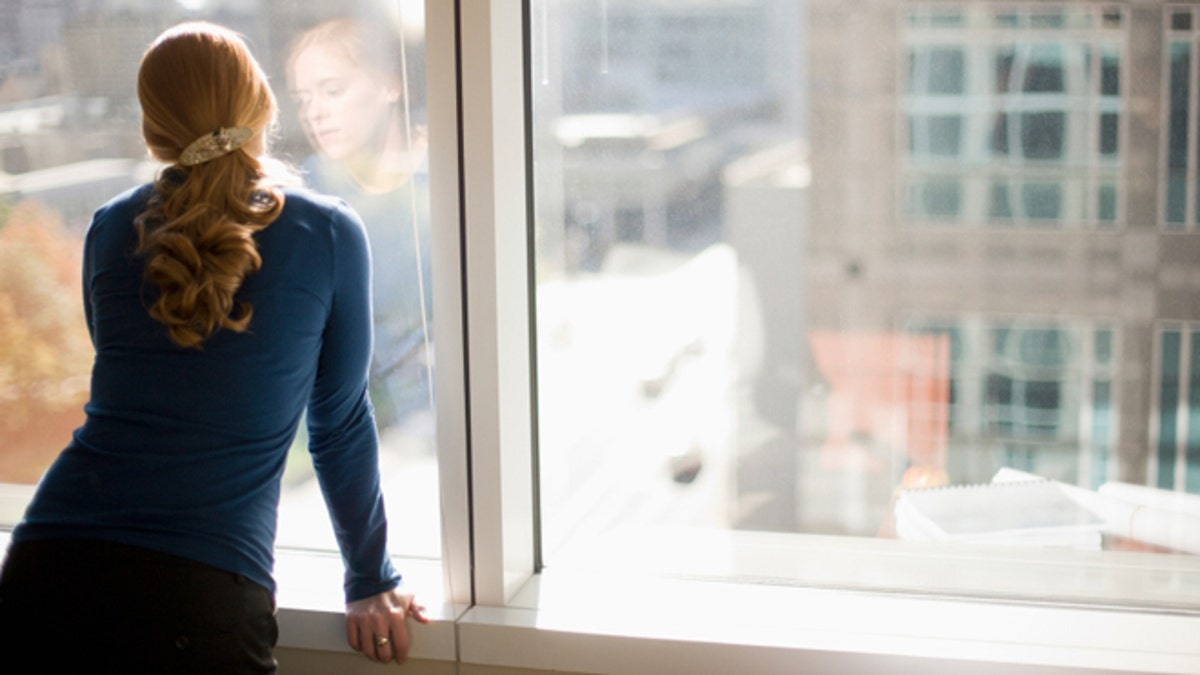
Getting a window office may not just be good for your career, but it appears to be good for your health. A new study found that employees who had window offices slept longer at night, were more active during the day, and scored higher on other quality of life measures.
Sleep experts have long known that exposure to light helps regulate your sleep-wake cycle, or circadian rhythm, and in turn can improve your mood, productivity, alertness and health. But most indoor lighting is not bright enough to keep the circadian rhythm on track.
Researchers wanted to see whether those exposed to natural sunlight had any advantages over those working under artificial lighting. They looked at 49 day-shift office workers, 27 in windowless workplaces and 22 in workplaces with windows. There were no differences between the two groups in age, race, gender or years at their current job, and the vast majority were university clerical employees.
Workers with windows received 173 percent more white light exposure while at work than their interior colleagues. Their sleep logs showed that they slept an average of 46 minutes more per night and had better scores on measures for sleep quality, sleep disturbances and daytime sleepiness.
“We were surprised that the quality and length of sleep differences were that large,” said Dr. Mohamed Boubekri, a co-author of the study and professor of architecture at the University of Illinois.
Those with windows also tended to have more physical activity than those without windows, but this was not statistically significant.
Workers without windows scored lower on measures like physical problems and vitality. Other studies have found that those working in bright light are more productive than those working in dimmer environments, and that students perform better on tests in rooms with natural lighting than in those with fluorescent lighting.
“The extent to which daylight exposure impacts office workers is remarkable,” said the study’s lead author Ivy Cheung, a doctoral candidate in the Interdepartmental Neuroscience program at Northwestern University in Chicago, Ill. Cheung presented her findings at SLEEP 2013, an annual meeting of the Associated Professional Sleep Societies.
“Light exposure in the work place has effects on workers not only during but also beyond work hours,” she said.
According to the authors, the architectural design of office environments should try to enhance employees’ exposure to sunlight.
“A sunny day is equivalent to about 10,000 lux or higher of light. Indoor office lighting typically provides only about 300 to 500 lux,” said Cheung. Light levels needed to maintain healthy circadian rhythm are higher than those required to see well, which are levels typically used indoors.
If you can’t get a window office, try to add some fluorescent lighting to your office or desk, and try to get outside for a walk in the bright daylight.
“Morning light is most important for regulating circadian rhythms, so if workers have limited time to get outdoors, they should try to get out and experience morning light,” said Cheung.
